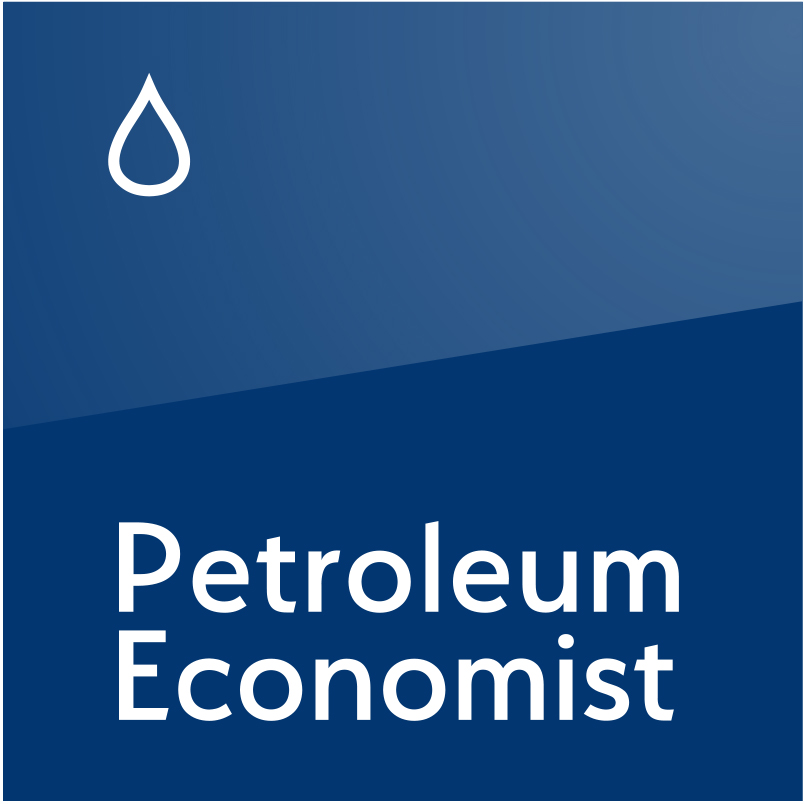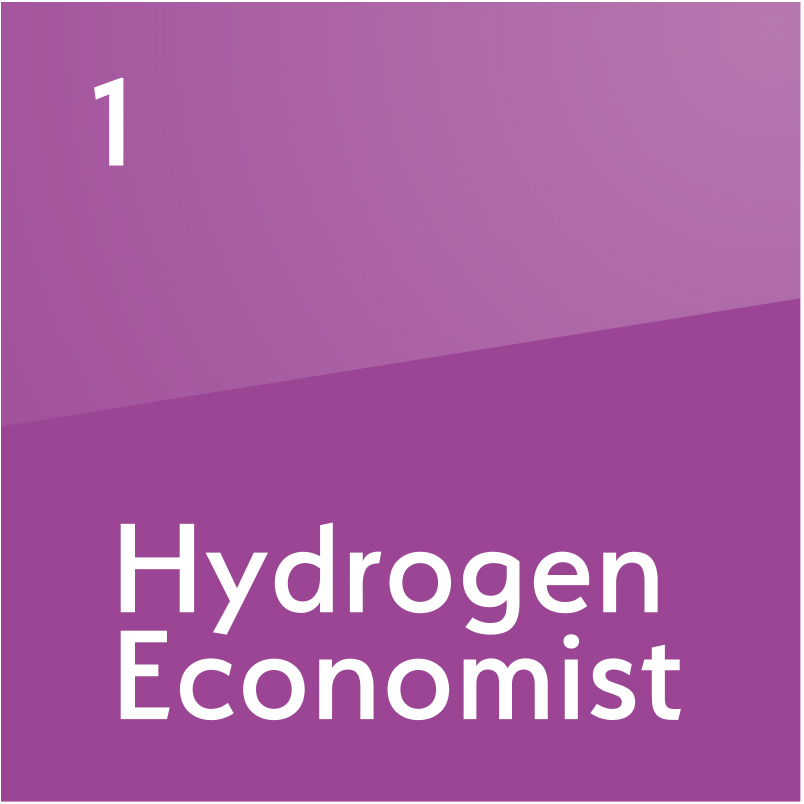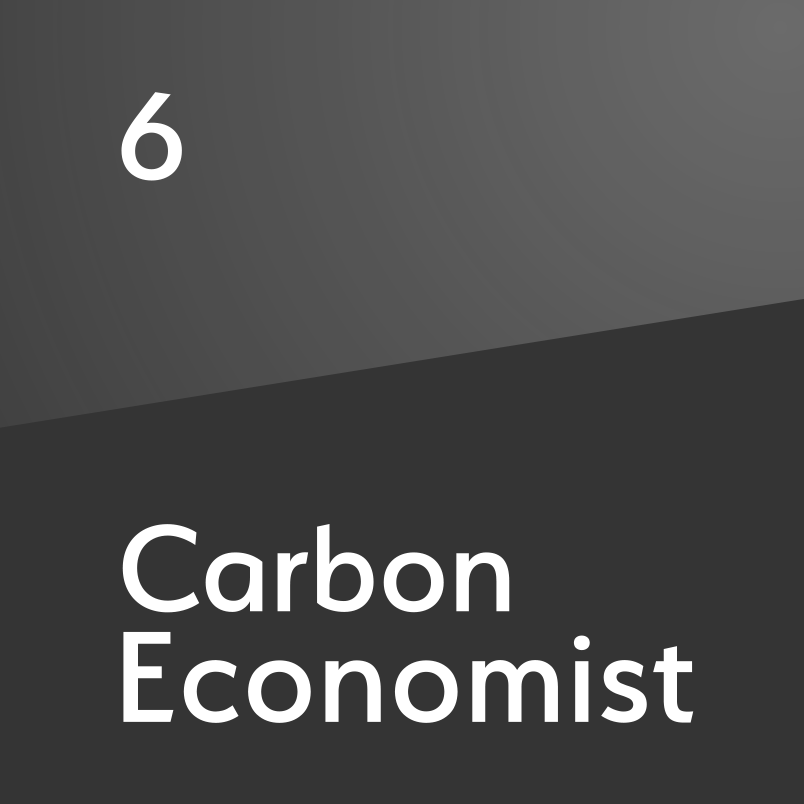Outlook 2025: eSAF – overcoming financial, technical and market challenges
Sustainable aviation fuel from electrolysis has great potential for reducing aviation sector emissions, but cost, energy requirements and the need for substantial investment stand in the way of take-off
Sustainable aviation fuel (SAF) has emerged as a crucial option for reducing emissions in a sector that is challenging to electrify. Electrolysis-derived SAF, or eSAF, holds particular promise as it uses power-to-liquid (PtL) technology to convert renewable electricity, water and captured CO₂ into synthetic jet fuel. This alternative differs from bio-based SAF, which depends on agricultural feedstocks and has inherent scalability limits. eSAF, by contrast, can theoretically be produced at larger volumes due to its reliance on renewable electricity and CO₂. However, eSAF production faces significant barriers, such as high costs, large energy requirements and the need for substantial investmen

Also in this section
6 January 2026
Shifts in government policy and rising power demand will shape the clean hydrogen sector as it attempts to gain momentum following a sluggish performance in 2025
23 December 2025
Government backing and inflow of private capital point to breakthrough year for rising star of the country’s clean energy sector
19 December 2025
The hydrogen industry faces an important choice: coordinated co-evolution or patched-together piecemeal development. The way forward is integrated co-evolution, and freight corridors are a good example
10 December 2025
Project developer Meld Energy ready to accelerate 100MW project in Humber region after securing investment from energy transition arm of private equity firm Schroders Capital







